Gooderstone Water Gardens, Norfolk
PILGRIMAGE UK: HOLY PLACES

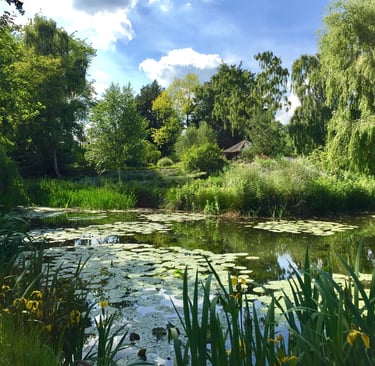
Gooderstone Water Gardens in Norfolk is not merely a picturesque retreat but has come to be regarded by many Catholic pilgrims as a sanctuary where nature itself proclaims the presence of God. Though it may not be a traditional church building, its meticulously designed water features, meandering paths, and seasonal vistas form an open-air cathedral where the faithful encounter the sacred. In the words of Psalm 19:1, “The heavens declare the glory of God,”––a truth that resonates profoundly within the quiet, flowing spaces of these gardens.
The gardens were conceived in the early 1970s by Billy Knights, a retired farmer who nurtured a vision rooted in the belief that God’s handiwork is visible in every living thing. Over the decades, the site has evolved under the careful stewardship of his daughter, Coral, becoming a living tapestry of water, flora, and the gentle passage of light. For the pilgrim, this transformation from an ordinary plot of land into a realm of restorative beauty reflects the theological conviction that creation itself is a manifestation of God’s creativity. Just as theologians have long underscored, the natural world is not incidental; it is a deliberate, ongoing revelation of divine love, echoing the medieval insights of St. Francis of Assisi.
St. Francis, well known for his profound intimacy with nature as expressed in his Canticle of the Sun, saw in the natural elements his brothers and sisters, declaring, “Praised be You, my Lord, through our Sister Sun… Sister Water…” His words articulate a vision in which every drop of water, every rustle of leaf, bears testimony to God’s sustaining presence. At Gooderstone Water Gardens, the gentle murmur of water trickling through streams and pooling in quiet ponds invites the pilgrim to reflect on that same intimacy. Here, water ceaselessly flows as a symbol of baptismal renewal and divine mercy, carrying with it echoes of the rite that forever changed the lives of believers.
Wandering along the winding pathways of the gardens, one is gently led over a series of humble bridges that cross natural streams. Each crossing becomes an opportunity for contemplation—a moment to consider the depth of God’s providence evident in the seamless integration of human care and natural formation. The bridges, simple in construction yet deeply evocative, remind the pilgrim of journeys both literal and spiritual. They evoke the idea of passage from one stage of life to another, a recurring motif in Catholic pilgrimage where every step is imbued with the possibility of encountering a piece of divine truth. The measured pace of the walk calls to mind the meditative rhythms of monastic life, where silence and solitude are cherished as conduits to spiritual awakening.
At the heart of the gardens lies a network of water features that serve as the living metaphor for God’s sustaining power. As Colossians 1:17 reminds the faithful that “in him all things hold together,” so too does the flow of water in Gooderstone affirm the mystery of divine grace that maintains creation. Each carefully curated basin, each gently flowing stream, speaks of a world in constant renewal – a world where death and decay give way to rebirth in an endless cycle reminiscent of the Christian hope in the Resurrection. The transforming seasons, whether marked by the tender blossoms of spring, the abundance of summer’s light, the quiet decay of autumn, or the solemn stillness of winter, all echo the ecclesial understanding that Christ’s life is a continual passage through death and rebirth.
In one quiet corner of the gardens, a modest tearoom offers refreshment and fellowship—a simple but heartfelt space for the community of pilgrims to gather. Sharing tea and homemade cake in this small room is itself an act of communion, resonating with the Catholic tradition of hospitality and the communal sharing of life’s simplest gifts. Within these moments of repose, conversations often turn to the wonder inherent in creation. The dialogue is neither hurried nor superficial; it is a measured exchange of reflections inspired by the living presence of God visible in every petal, every ripple, every ray of sunlight that filters through the branches overhead.
Theologically, the experience of Gooderstone Water Gardens aligns with a long-standing tradition in which nature is seen as the “second canvas” of God’s communication with humankind. Throughout the Bible, creation is portrayed as a mirror reflecting divine majesty. Romans 1:20 declares that since the creation of the world, God's invisible qualities—His eternal power and divine nature—have been clearly seen in what has been made. In this sense, the water gardens become a meditative space where the faithful can encounter God not only in prayer and Scripture but in the living, breathing world. Here, nature is not divorced from faith; it is a vital, integral part of the sacred narrative.
Contemporary ecological theologians, such as Sallie McFague, have argued that understanding the world as a manifestation of divine creativity challenges believers to treat it with reverence and care. Her work suggests that God’s presence in nature is not a mere metaphor but an invitation to perceive the world as His body—a dynamic, interrelated community of life. At Gooderstone, the interwoven paths, cascading water, and varied plant life collectively form a visual and sensory reminder of McFague’s insights, urging the pilgrim to recognize the transcendent unity between God, humanity, and the natural world.
The gardens also offer subtle educational displays that recount their own history and the guiding principles behind their creation. These panels weave together the narrative of Billy Knights’ original vision with ongoing reflections on the interaction between human creativity and divine inspiration. For the pilgrim, such historical and theological context enhances the experience, transforming a simple stroll through greenery into an act of deliberate worship. It is a reminder that human interventions in nature, when approached with humility and respect, can become channels for experiencing God’s benevolence.
There is, too, a quiet resilience in the gardens—a testament to the enduring nature of faith in a changing world. Even as modern life races by outside its boundaries, Gooderstone Water Gardens stands as a counterpoint to that hurried tempo. Here, every element of creation is given space to speak its own testimony: the persistent flow of water that cleanses and renews, the gentle rustle of leaves that murmur in a forgotten tongue, and the ever-changing light that plays upon ancient stone and soft grass. This is a landscape that invites the pilgrim to pause and listen, much as St. Francis urged his followers to recognize the “sisterhood” of creation as a source of divine consolation.
Ultimately, the experience of visiting Gooderstone Water Gardens is a call to return to the basics of faith—a reminder that God's presence is not confined to ornate basilicas or solemn chapels but can be found in the natural world around us. As theologians and saints alike have long affirmed, the beauty of creation is imbued with a sacred radiance that speaks to the heart of the believer. For the Catholic pilgrim, this garden is a tangible encounter with that radiance, a safe harbour where one may find renewed strength, reflection, and, most importantly, the unmistakable presence of the Divine.
In essence, Gooderstone Water Gardens is a pilgrimage site that elevates the everyday experience of nature into an act of deep spiritual significance. The interplay of water, earth, and light offers a multisensory liturgy in which the faithful participate by simply being present. It is a living space challenging modern believers to adopt an ecologically attuned spirituality—one that sees in every fluttering leaf and every gentle ripple a reminder of God’s infinite care. For those who journey here, the gardens become more than a destination; they transform into a sacred dialogue between the Creator and His creatures, a call to witness, to appreciate, and to live in harmony with the world He has so lovingly made.
A Pilgrimage Through Creation: Experiencing the Divine at Gooderstone Water Gardens, Norfolk
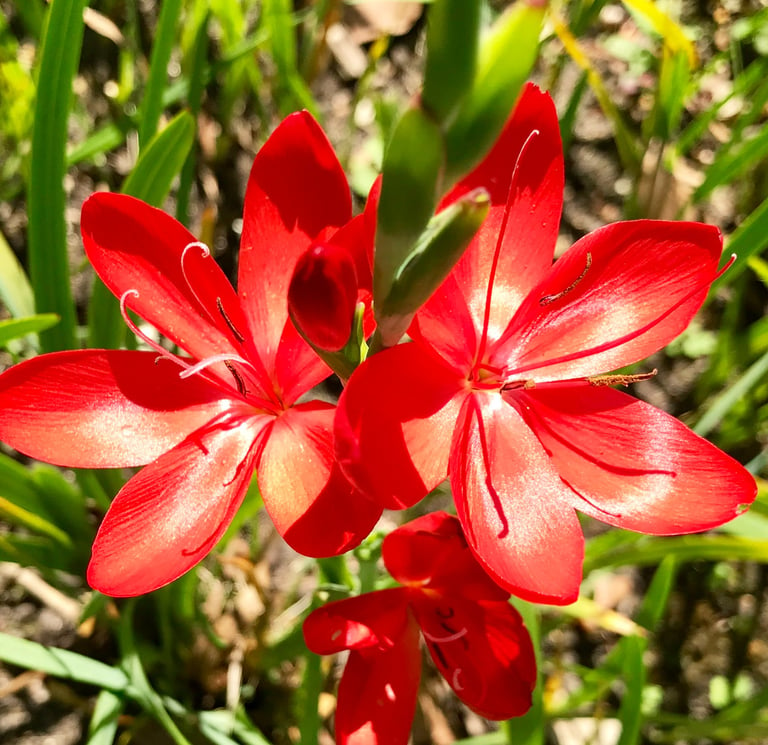

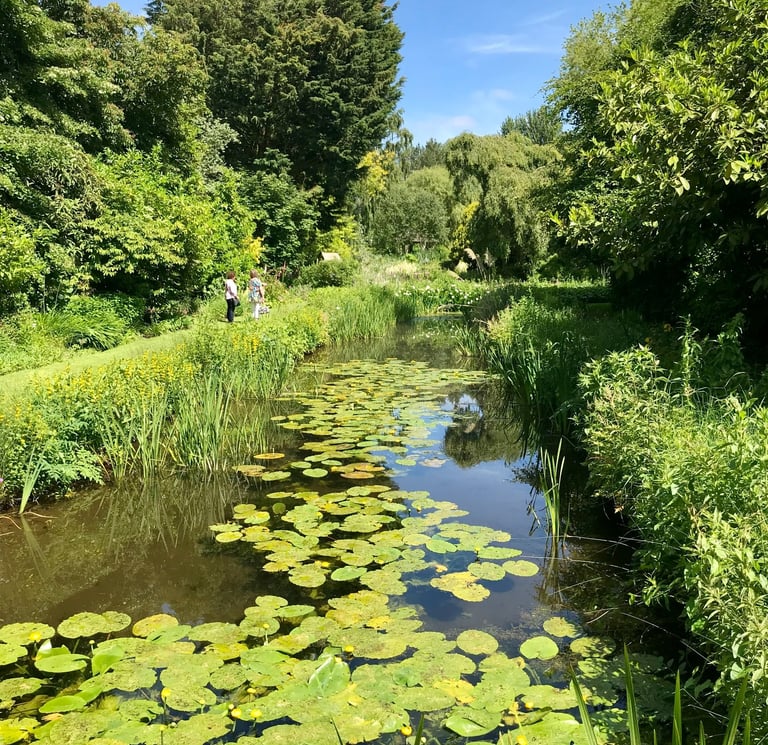

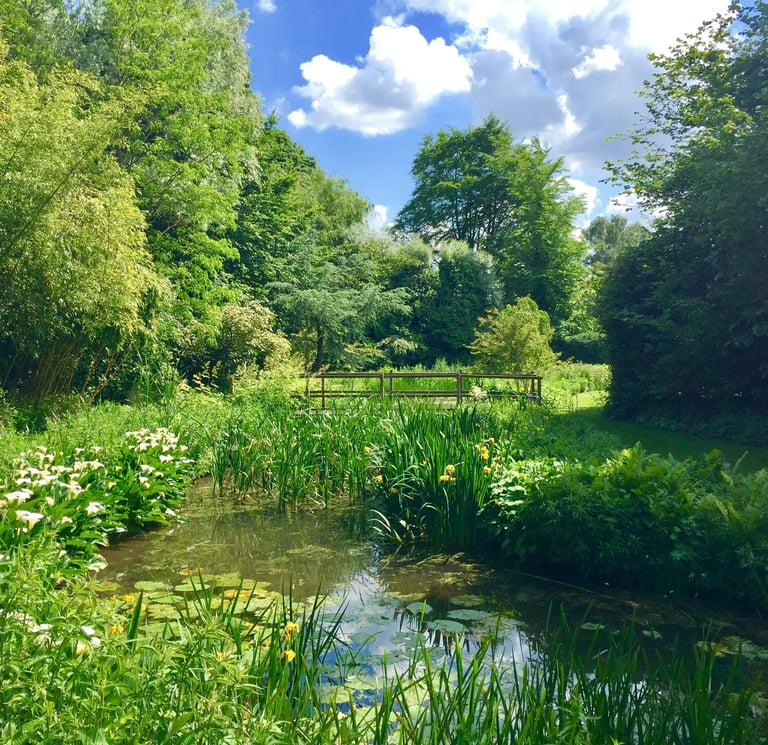

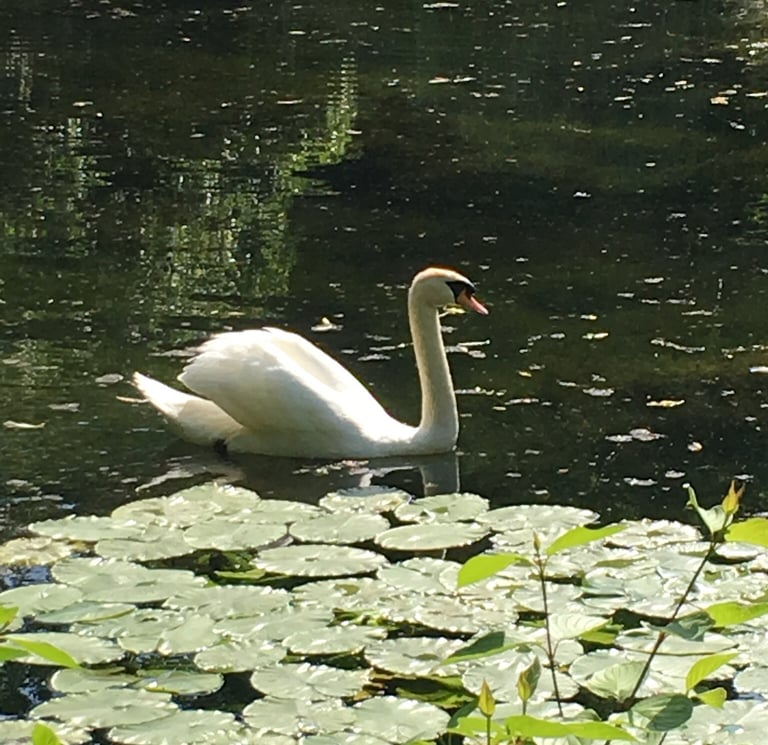

Ancient Apostolic Catholic Church
Embracing faith, inclusion, and compassionate service together.
ST THOMAS AQUINAS SEMINARY
© 2025. All rights reserved
QUICK LINKS
